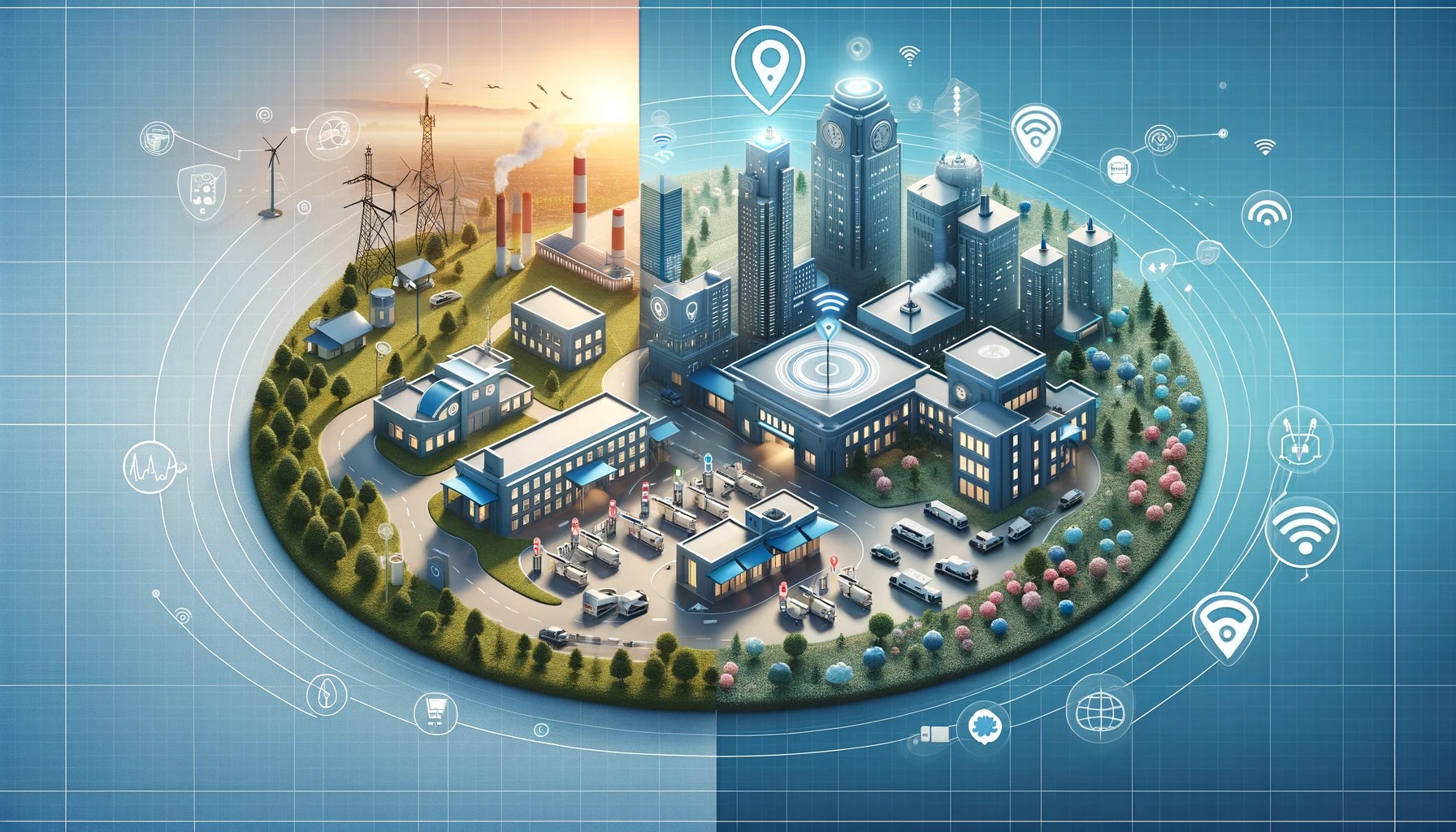In the medical sector, effective equipment management is crucial to ensure quality service and patient safety. There are many benefits to using wireless technologies such as Bluetooth and Wi-Fi to locate equipment, ranging from reducing costs to improving operational efficiency. This article explores the different types of medical equipment that can be connected and located using these technologies.
Wireless Technologies in Medicine
Bluetooth and Wi-Fi are two widely adopted wireless communication technologies that enable data transmission over short and medium distances, respectively. In the medical sector, these technologies not only facilitate communication between medical devices and management systems, but also the precise location of equipment in a hospital or clinic. They also allow for rapid intervention in the event of a device failure, which is essential for preventive maintenance.
Types of Medical Devices That Can Be Connected
Small medical technologies, such as infusion pumps and wearable monitors, are ideal for real-time monitoring thanks to their Bluetooth and Wi-Fi compatibility. Medium-sized devices, including ultrasound machines and electric wheelchairs, also benefit from these technologies for optimized localization and use. Large equipment such as MRIs and CT scanners, which are crucial and expensive, can also be equipped with wireless technologies to make them easier to manage and cost-effective.
Use case
Real-time location of medical equipment via Wi-Fi or Bluetooth allows for better asset management, ensuring devices are where they need to be and are kept in good working order. This reduces time wasted searching for missing or improperly stored equipment, and improves the efficiency of patient care.
Challenges and Considerations
Despite the benefits, the use of these technologies in the medical sector is not without challenges. Data security and confidentiality of patient information are major concerns. Additionally, hospitals must manage the risk of interference between devices and ensure a reliable and continuous connection to avoid system failure.
Conclusion
Wireless technologies like Bluetooth and Wi-Fi are transforming the way medical equipment is managed and monitored. They add value to the medical sector by increasing efficiency, reducing costs and improving patient care.
However, it is essential to continue to address associated challenges, such as data security and patient information privacy, while ensuring reliable and robust connections to avoid potentially critical interruptions. By overcoming these obstacles, the medical industry can maximize the benefits of these innovative technologies, ensuring a safer and more efficient future for medical equipment management.
In addition to these technologies, RIOH offers a specialized facility assessment service to determine the viability of integrating a geolocation system for medical devices. This service makes it possible to analyze the specificities of any type of medical environment, whether a hospital, a CHSLD or a clinic, in order to guarantee a tailor-made and effective adaptation of the proposed geolocation system. With RIOH's expertise, medical organizations can confidently consider implementing asset management solutions tailored to their unique needs and specific infrastructure.
To learn more about our geolocation solutions, do not hesitate to Contact us here !




